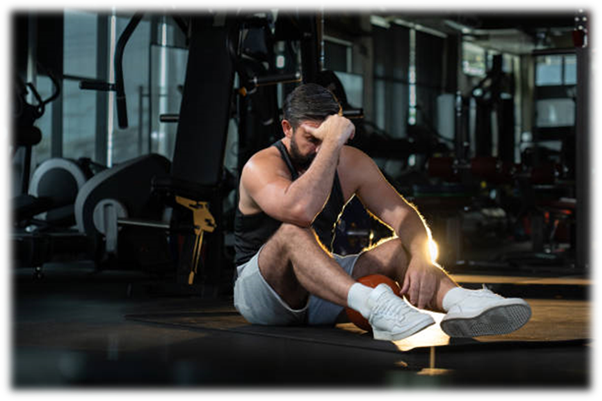
In the quest for peak performance, many athletes live by the mantra, “no pain, no gain.” But while pushing your limits is part of success, overtraining can quietly sabotage your health—especially when it comes to your spine. At Urban Sports & Rehab, we often see athletes sidelined not by a single injury, but by the cumulative effects of doing too much, too fast, with too little recovery. Let’s unpack the hidden dangers of overtraining and how to balance fitness with smart spine care.
Why Overtraining Hurts Your Spine
Your spine is the central pillar of your body, working hard to support every movement. But when training loads exceed your body’s ability to recover, trouble starts:
- Muscle Fatigue & Weakness: Overworked muscles can’t properly support your spine, leading to poor posture, instability, and increased risk of injury.
- Disc & Joint Stress: Repetitive high-impact exercises or heavy lifting strain the discs and joints of the spine, potentially causing herniated discs or facet joint irritation.
- Inflammation & Microtrauma: Without adequate rest, tiny tears and inflammation build up in spinal tissues, leading to chronic pain or overuse injuries.
- Compensatory Patterns: Fatigue can cause you to move inefficiently, placing extra strain on the back and increasing the likelihood of injury elsewhere.
TIPS - These bad habits can become ingrained, making future correction and rehab more complex and time-consuming.

Warning Signs of Overtraining Your Spine
It’s crucial to recognize when your body is waving the red flag. Be alert for:
- Persistent back stiffness or pain
- This means your back feels tight or sore most of the time—even when you're not doing anything strenuous. It could be a dull ache that doesn’t go away or a constant feeling of tension. This is often a sign of overuse, muscle strain, or underlying issues like disc problems or inflammation. Don’t ignore it—early intervention helps prevent it from becoming a chronic condition.
- Reduced flexibility or range of motion
- If you notice you can’t bend, twist, or move as freely as before, it could indicate joint stiffness or muscle tightness. For example, struggling to touch your toes or turn your head fully might mean your muscles or spine aren’t functioning optimally. This restriction can worsen over time and increase your risk of injury during exercise or daily activities.
- Sharp pains during or after training
- Experiencing sudden, stabbing pain during exercise—or shortly after—can signal a more serious issue like a muscle tear, nerve impingement, or joint strain. Unlike soreness, which is normal after a workout, sharp pain is your body’s way of saying something is wrong and needs attention.
- Postural changes or imbalance
- Are your shoulders slouched more than usual? Is one hip higher than the other? These subtle posture shifts can indicate muscular imbalances or weakness in the core, back, or hips. Over time, these imbalances put extra stress on joints and muscles, leading to pain or injury.
- General fatigue that doesn’t resolve with normal rest
- Feeling tired is normal after a tough day—but if you constantly feel drained even after sleep or rest days, your body may be overstressed or inflamed. Chronic fatigue can be a symptom of overtraining, poor recovery, or even more serious conditions like adrenal fatigue or autoimmune issues.
TIPS - Ignoring these signs can escalate minor aches into serious conditions requiring extended downtime.

How to Balance Training and Recovery for a Healthy Spine
- Listen to Your Body
- Prioritize Core Strength
- Embrace Rest & Recovery
- Focus on Form & Technique
- Incorporate Flexibility & Mobility Work
- Get Regular Physiotherapy Check-Ups
TIPS - Skipping follow-ups or inconsistent visits can reduce the long-term benefits of these check-ups.
Conclusion
Pushing your limits is part of being an athlete—but knowing when to step back is just as important. Protecting your spine through balanced training, mindful recovery, and expert guidance isn’t just about avoiding injury—it’s about building a foundation for long-term success.Our team is here to help you optimize performance while keeping your spine strong, flexible, and pain-free.
#OvertrainingRisksjb #SpineCareForAthletesjb #AthleteRecoveryjb #PreventSportsInjuriesjb #SpineHealthTipsjb #PhysiotherapyForAthletesjb #TrainSmartRecoverSmarterjb #AthleteWellnessjb #BackPainReliefjb #InjuryPreventionjb #JohorBahruPhysiotherapy #JBRehabCenter #PhysioJohorBahru #NeckPainJohorBahru #JBWellnessClinic #RehabJohorBahru #JBSpineCare #NeckReliefJB #JBPhysioExperts #JohorBahruPainRelief








